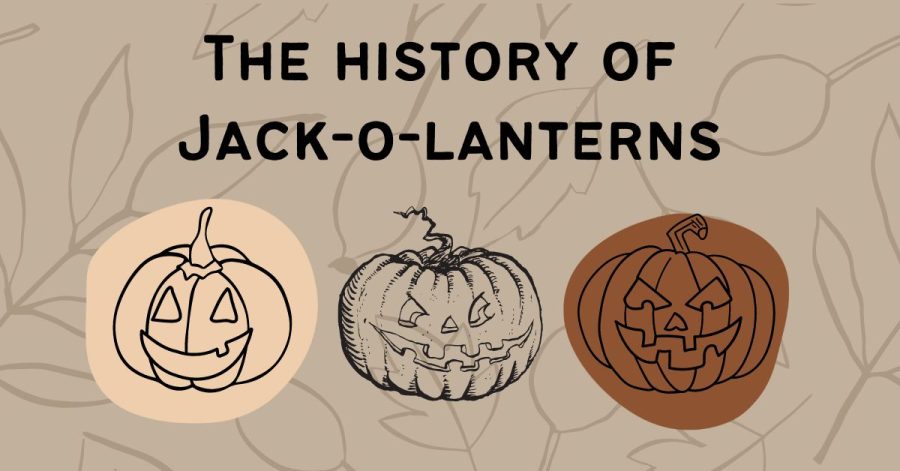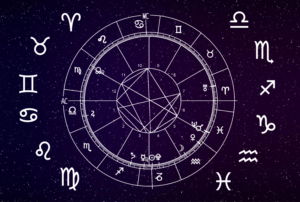The history of Jack-o-lanterns
October 21, 2022
As the temperature drops and Halloween approaches, we begin to see a familiar sight: porches lined with Jack-o-lanterns. But behind the spooky faces, lie years of history and tradition.
The 18th-century Irish folktale, Stingy Jack, can be referred to as what led to the spread of Jack-o-lanterns. Although this story has been interpreted in many different ways, one common theme prevails: the idea that Stingy Jack betrayed the devil twice, and suffered immense consequences. After betraying the devil, Jack wasn’t accepted into heaven or hell. However, the devil took pity and gave Jack an ember to light his turnip lantern as he walked between both places – hence the name Jack-of-the-lantern which morphed into Jack-o-lantern.
With only a turnip and ember of coal to walk between eternity, the tale of Stingy Jack fascinated many and inspired people in both Ireland and Scotland to make their own versions of Jack’s lanterns by carving frightening faces into turnips and potatoes. They would place these vegetables in windows or doorways to ward off Stingy Jack and other evil spirits.
As Ireland began electrification, the tale began to diminish. However, the tale and idea of Jack-o-lanterns had already become popular in other countries.
As Irish immigrants began to populate the United States, folktales and traditions spread. When Jack-o-lanterns became common in the United States, the once popular potatoes and turnips were traded for pumpkins native to the United States that were discovered to be significantly easier to carve. This allowed Jack-o-lanterns to become a Halloween staple.
Jack-o-lanterns have gone from being turnips carved on Samhain Eve, a Celtic Festival, to pumpkins left on porches to decorate for Halloween. No matter the purpose, Jack-o-lanterns have become crucial parts of many different cultures and are a great way to prepare for the upcoming holiday season.












